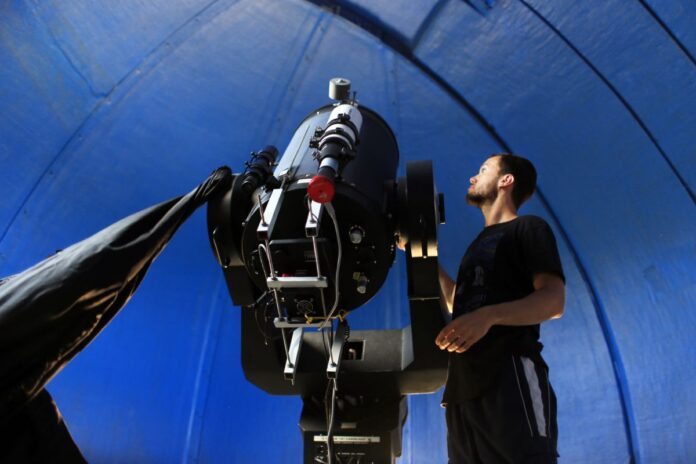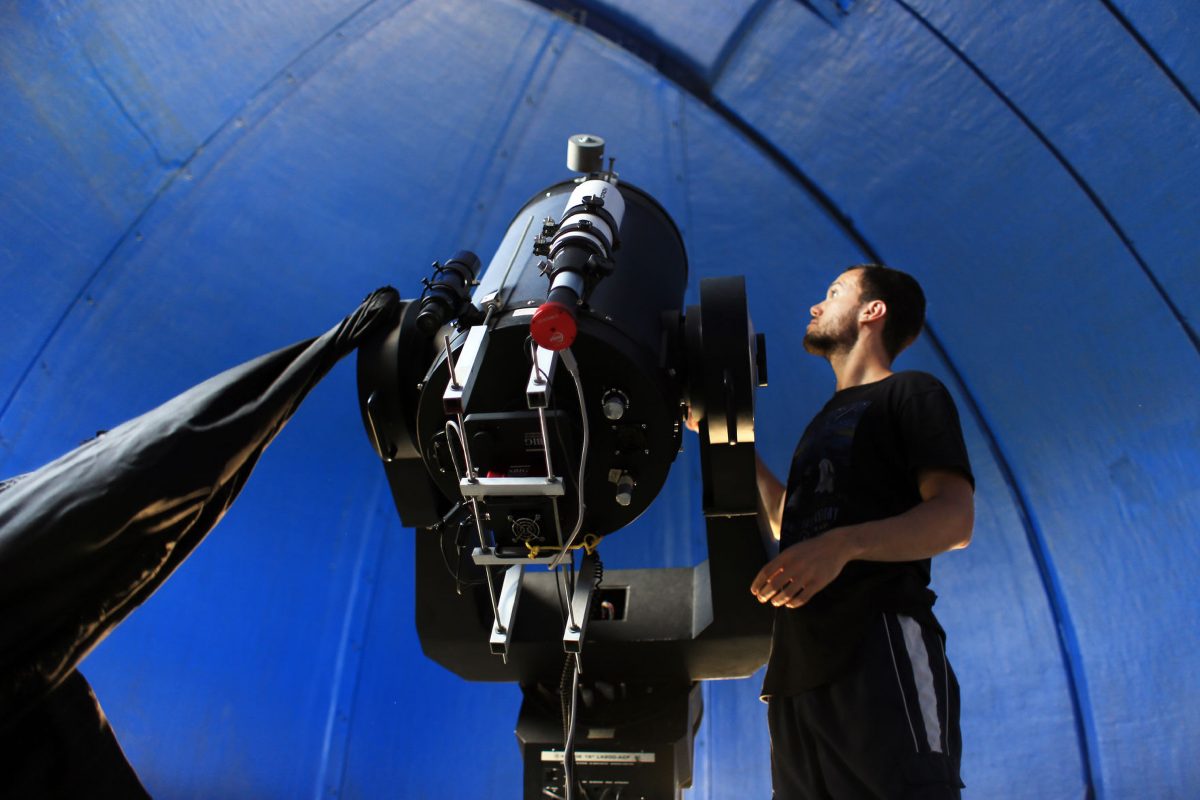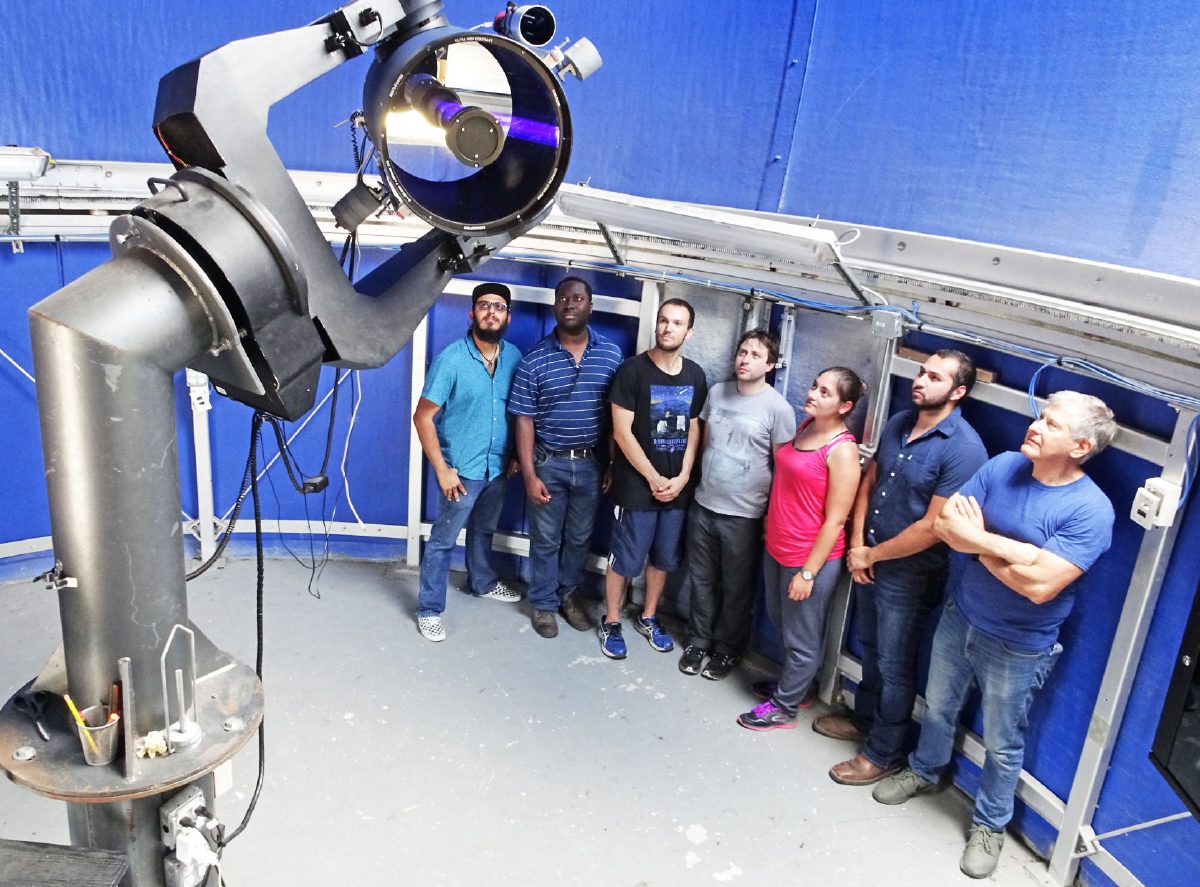BROWNSVILLE — The observatory at Resaca de la Palma State Park will be renamed in honor of a Harlingen native.
The inauguration of the Dr. Christina V. Torres Astronomical Observatory will get underway May 5 after 6 p.m., as night falls over a place with one of the lowest levels of light pollution in the Rio Grande Valley.
Mario Diaz, a professor of physics in UTRGV’s Department of Physics and Astronomy, convinced the UTRGV administration that naming the observatory for Torres would be a fitting tribute.
Torres was one of his first students here, and eventually earned bachelor’s, master’s and PhD degrees.
She was a Harlingen native who always advocated reaching out with science education to the children of the Valley, Diaz said.
The observatory formerly was named Nompuewenu, which Diaz said is an Indian word that means “beyond the sky” in the native language of his mother’s tribe in Argentina.
Diaz is also director of the Center for Gravitational Wave Astronomy at UTRGV’s Brownsville campus.
Several years ago, Diaz shepherded the observatory and its 16-inch telescope from its perch at what was then the University of Texas at Brownsville to Resaca de la Palma State Park. The park came into existence in 2008 as part of the World Birding Center. At 1,200 acres, it is the largest state park south of San Antonio, park superintendent Pablo de Yturbe said.
Diaz said his vision is to integrate natural science and space science on the site. He noted the park is a “true natural jewel” and home to a diversity of plant and animal life. At night, there is practically none of the competing artificial light that one finds in the city, making the site ideal for astronomical observations.
“It fulfils a dual purpose,” Diaz said. “It’s important that our community comes to that place and people see how important it is to conserve our environment.”
The site has a research mission as part of the Center for Gravitational Wave Astronomy, and an educational mission for students from UTRGV and area public school districts. Teachers from the Brownsville and San Benito school districts are being trained as lead teachers for the effort, Diaz said.
The observatory sits about 100 yards from the visitor’s center at Resaca de la Palma State Park and parallel to a parking area. Six pedestals are situated in a semi circle around the main telescope. Each pedestal is for mounting an additional telescope, of which there are two with a 12-inch lens, two with an eight-inch lens and two with a nine-inch lens.
On the day of the event, the main and auxiliary telescopes will be set up for star gazing. A computer controls each of them, Diaz said, so that they can lock onto specific stars, planets and celestial objects.
The event will feature music, food and science activities, with moon and meteorite samples on display. The Brownsville Independent School District’s inflatable planetarium also will be in operation, said Carol Lutsinger, the district’s astronomy educator. Admission is free.






